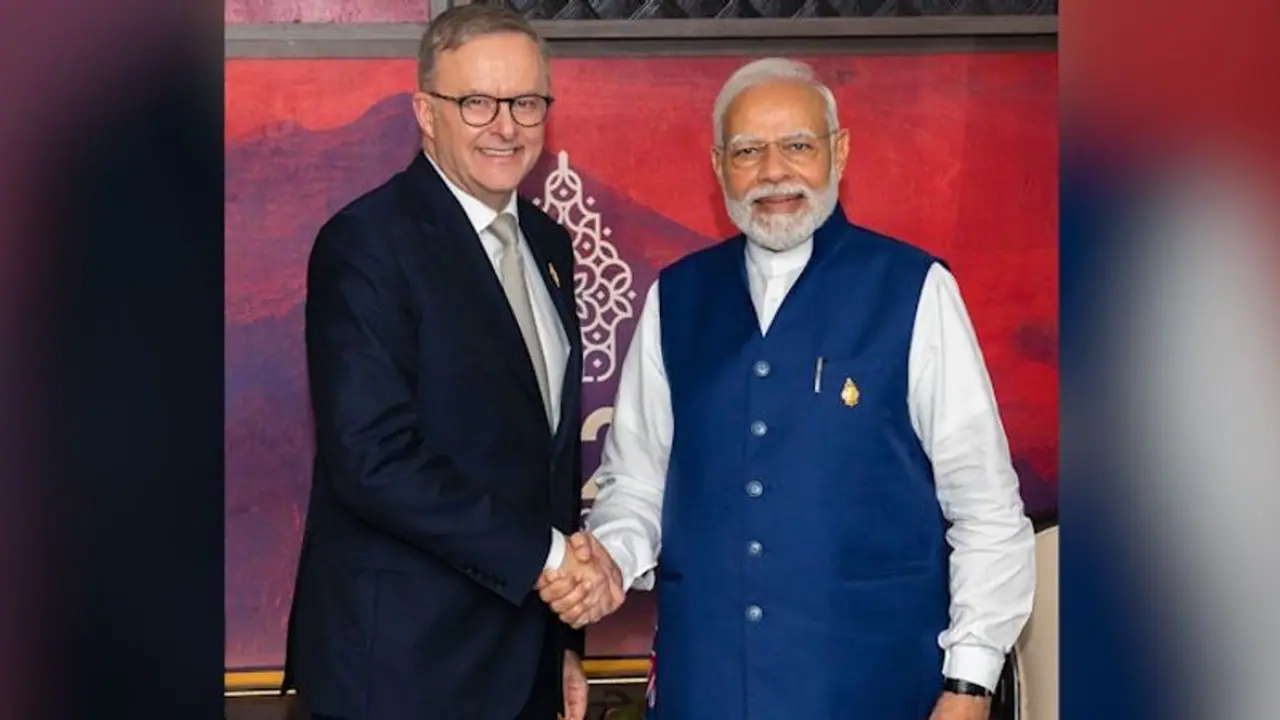There were nine rounds of negotiations before both countries decided to suspend negotiations in 2016, pending the outcome of other multilateral regional negotiations. The first round was held in July, 2011.
Months after signing historic trade agreement Economic Cooperation and Trade Agreement between two countries, the Australian Parliament on Tuesday (November 22) ratified the bilateral free trade agreements with India. It also passed the FTA bill with Britain.

The deal would further strengthen the relationship between the two countries.
Till date, Beijing dominates the key Australian markets like pharmaceuticals, textiles, plastics, toys, footwear and leather goods.
Also read: Indonesia earthquake: Rescuers dig through debris to find survivors, death toll over 160
Once FTA gets implemented, India would be Australia's natural choice for trade in goods and services. Australia considers India as a reliable partner.
India and Australia speeded up their talks amidst China's belligerent behaviours with Australia and India along the LAC. China has put official and unofficial trade sanctions on Australian exports including coal, beef, seafood, wine and barley.
Let's know about the India-Australia FTA in details:
Trade Minister Don Farrell said, "Closer economic ties with India are a critical component of the government's trade diversification strategy."
Also read: Mangaluru blast: Did Shariq use Arun Kumar's identity to blame Hindu groups? check details
As per him, taxes on 90 per cent of Australian goods exported to India will be removed. The goods including meat, wool, cotton, seafood, nuts and avocados will be removed.
On the sidelines of the G20 Summit in Indonesia, Prime Ministers Narendra Modi and Anthony Albanese had discussed the Comprehensive Strategic Partnership, with a focus on cooperation in education, innovation and other sectors. They also talked about increasing trade and maritime cooperation.
During the G20 Summit, Albanese had announced that he would visit India in March to advance the deal.
Once it comes into force, India's 96 per cent goods will enter into Australia duty free.
Also read: Australian Parliament passes Free Trade Agreement with India
In 2020, India was Australia's seventh largest trading partner, with two-way trade valued at USD 24.3 billion, and sixth largest goods and services export market, valued at USD 16.9 billion.
The bilateral trade in goods and services between two countries was USD 13.6 billion in 2007.
"Our Government's goal is to lift India into our top three export markets by 2035, and to make India the third largest destination in Asia for outward Australian investment," an Australian official had said.
Background of India-Australia FTA
After the Joint Study Group's recommendations in 2010 and the approval of the then Prime Minister, Manmohan Singh-headed Trade and Economic Relations Committee (TERC) in 2011, the two countries began negotiating the Comprehensive Economic Cooperation Agreement (CECA) covering trade in goods, services, investment and related issues.
There were nine rounds of negotiations before both countries decided to suspend negotiations in 2016, pending the outcome of other multilateral regional negotiations. The first round was held in July, 2011.
In September 2021, the two countries formally re-launched CECA negotiations with the intention of concluding an Economic Cooperation and Trade Agreement.
